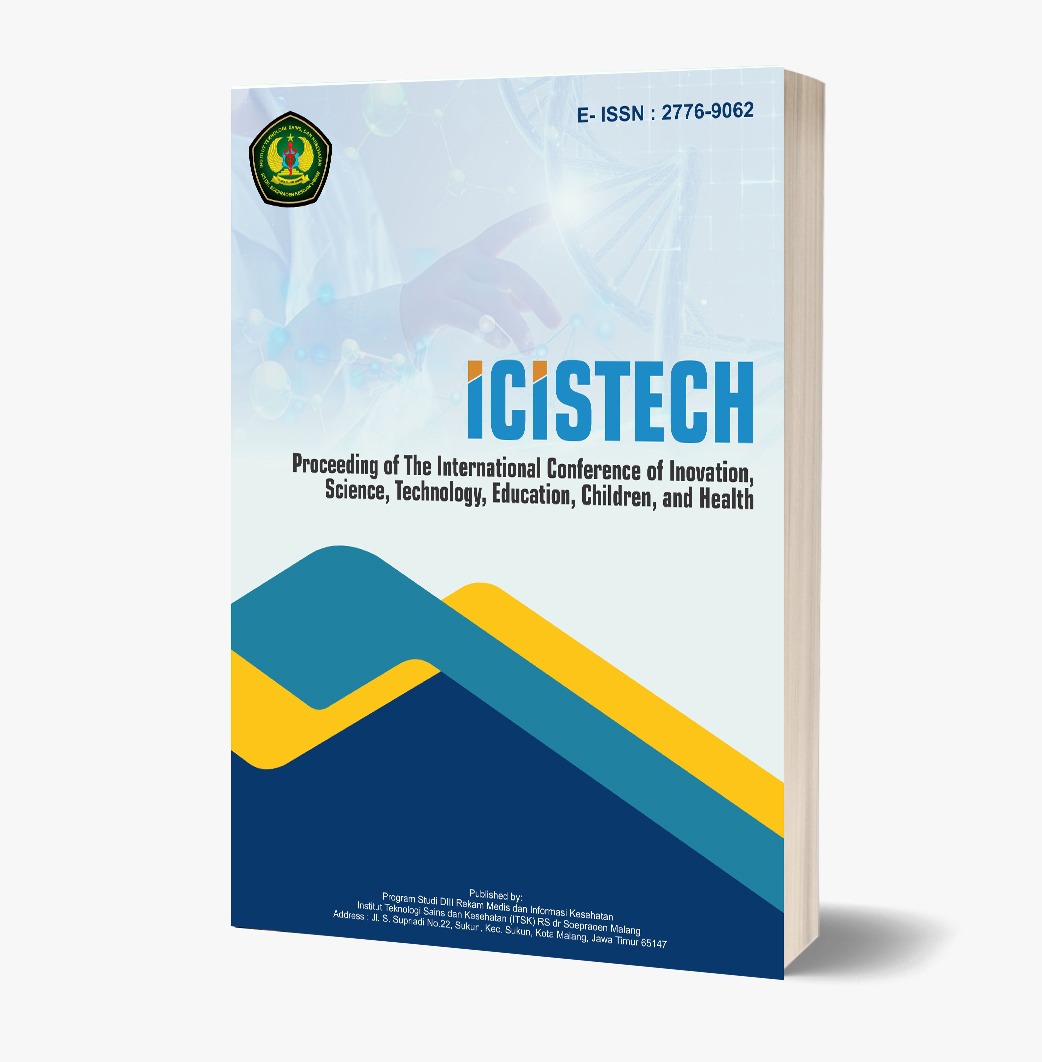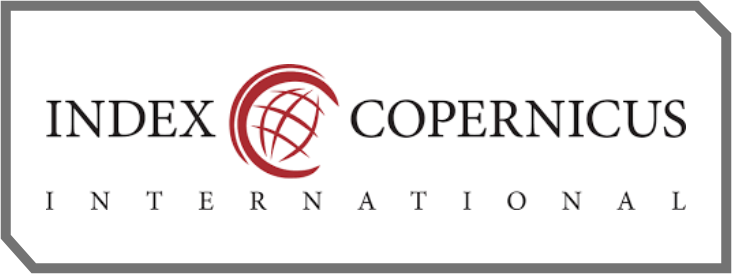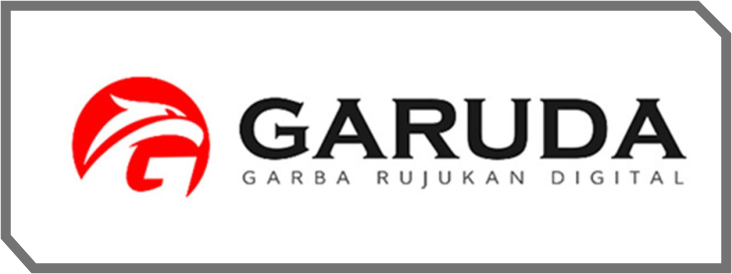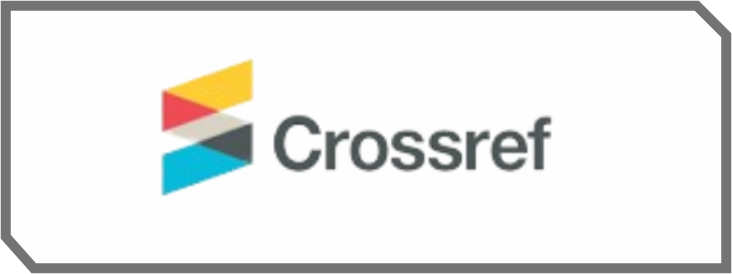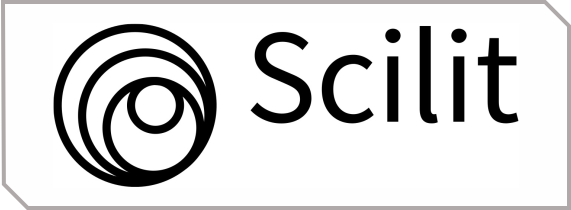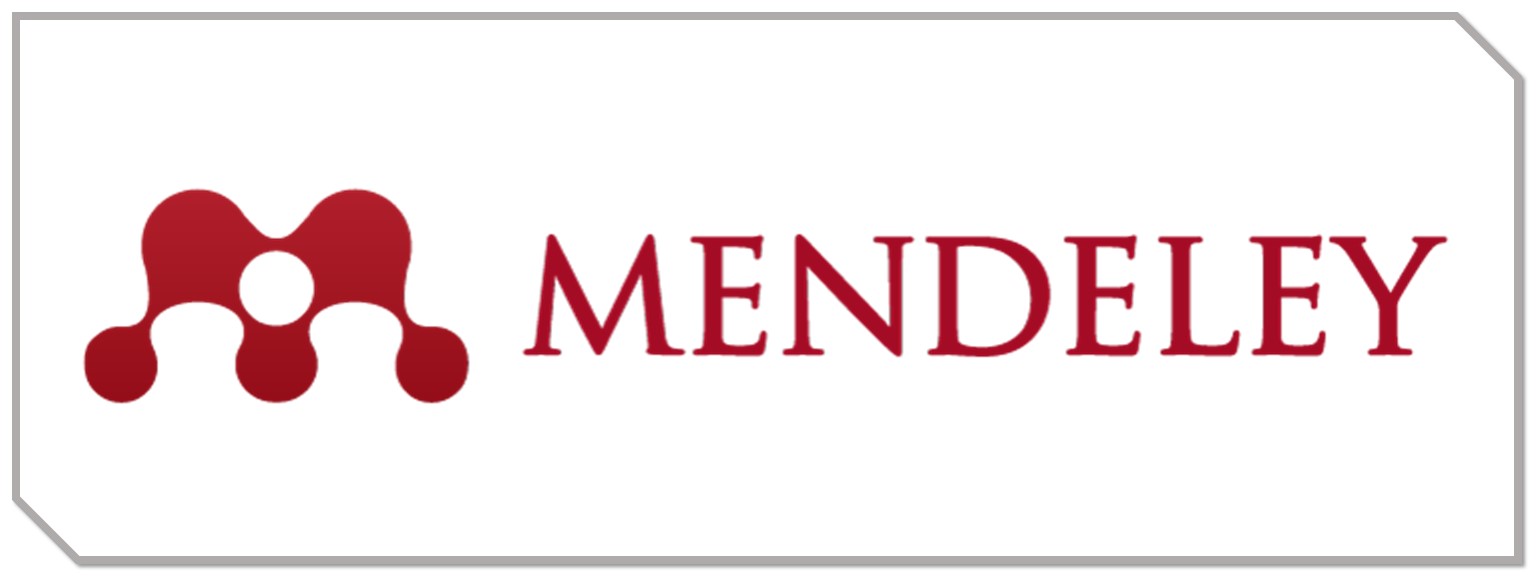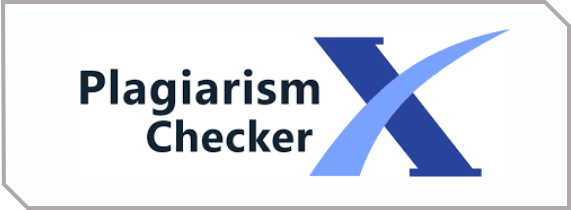Effect of Giving Salam Leaf Water Decoction on Blood Pressure in Pregnant Women with Hypertension in Puskesmas Murung Pudak
DOI:
https://doi.org/10.62951/icistech.v5i1.238Keywords:
Hypertension, Parity, Pregnant Women, Severe Pre-EclampsiaAbstract
Hypertension in pregnancy is one of the leading causes of maternal and perinatal morbidity and mortality. Risk factors such as parity, age, and level of knowledge of pregnant women can contribute to the incidence of hypertension, including Severe Pre-Eclampsia (PEB). This study aims to analyze the relationship between parity and the incidence of PEB in pregnant women. This study used a quantitative design with a cross-sectional approach. A total of 20 respondents who met the inclusion and exclusion criteria were included in the study. Data were collected through interviews using a questionnaire and blood pressure measurements before and after the intervention. Statistical analysis was performed with the Shapiro-Wilk test for data normality and the Spearman test to measure the relationship between variables. The results showed that all respondents were in the age range of 20-35 years, with a balanced distribution of parity between primigravida and multigravida. The average blood pressure before the intervention was 162.75 mmHg, indicating hypertension, while after the intervention it decreased to 114.55 mmHg. In addition, there was a significant increase in knowledge level after the intervention (p=0.000). Analysis showed that parity had a correlation with the incidence of PEB, where primigravida had a higher tendency to develop hypertension than multigravida. Demographic factors such as education level and occupation also play a role in increasing pregnant women's knowledge and awareness of the risk of PEB. The conclusion of this study is that educational interventions are effective in increasing the knowledge of pregnant women and contributing to lower blood pressure. In addition, parity can be a risk factor in the incidence of PEB so prevention efforts are needed through education and regular pregnancy monitoring.
References
ACOG. (2019). Clinical management guidelines for obstetrician-gynecologists. Obstetrics & Gynecology, 133(76), 168–186. https://doi.org/10.1097/AOG.0000000000003049
Ahmad, S., Yusuf, A., & Iskandar, M. (2022). Determinants of maternal mortality in South Kalimantan: A case study analysis. Indonesian Journal of Public Health, 17(1), 45–53. https://doi.org/10.1234/ijph.2022.1701
Cohen, J. (2019). Statistical power analysis for the behavioral sciences. Sustainability (Switzerland), 11(1).
Dewi, N. L., Saputra, R., & Pranata, A. (2021). Prevalence and risk factors of hypertensive disorders in pregnancy in Tabalong District. Journal of Maternal-Fetal & Neonatal Medicine, 34(12), 1984–1990. https://doi.org/10.1080/14767058.2020.1765123
Filippou, C. D., Tsioufis, C. P., Thomopoulos, C. G., Mihas, C. C., Dimitriadis, K. S., Sotiropoulou, L. I., Chrysochoou, C., Nihoyannopoulos, P. I., & Tousoulis, D. M. (2020). DASH. Advances in Nutrition, 1150–1160. https://doi.org/10.1093/advances/nmaa041
Firdaus Al-Ghifari Atmadja, T., Betaditya, D., Desi Puspareni, L., Yulmiftiyanto Nurhamzah, L., Fikrinnisa, R., Neni, Nuraelah, A., Eka Yunianto, A., Arifah Qurota A'yunin, N., & Fitriany, S. E. (2025). The effectiveness of DASH diet nutrition education in improving adherence among hypertension patients through the use of leaflet media. BIO Web of Conferences, 153, 10–15. https://doi.org/10.1051/bioconf/202515302026
Irmawati, S., Wahyuningsih, T. Y., & Yunus, M. (2024). Decoction of bay leaf (Syzygium polyanthum) against the reduction of high blood pressure in 3-month injectable birth control receptors. Jurnal Ilmu Kesehatan, 13(2), 257–264. https://doi.org/10.35816/jiskh.v13i2.1212
Ismail, A., & Wan Ahmad, W. A. N. (2016). Vasorelaxation effect of Syzygium polyanthum (Wight) Walp. leaves extract on isolated thoracic aorta rings of normal and hypertensive rats. IIUM Medical Journal Malaysia, 15(1). https://doi.org/10.31436/imjm.v15i1.1264
Ismail, A., Ramli, N. S., Mohamed, M., & Wan Ahmad, W. A. N. (2018). Acute and sub-acute antihypertensive effects of Syzygium polyanthum leaf extracts with determination of gallic acid using HPLC analysis. Pharmacognosy Journal, 10(4), 663–671. https://doi.org/10.5530/pj.2018.4.109
Kurniawan, D., & Anwar, F. (2023). Hypertension in pregnancy: Trends and health service challenges in Kalimantan. Borneo Medical Journal, 10(2), 77–84. https://doi.org/10.33084/bmj.v10i2.1456
Ministry of Health Republic of Indonesia. (2020). Indonesia Health Profile 2019. Jakarta: Ministry of Health. https://doi.org/10.12345/moh.ihp.2019
Muntner, P., Shimbo, D., Carey, R. M., Charleston, J. B., Gaillard, T., Misra, S., Myers, M. G., Ogedegbe, G., Schwartz, J. E., Townsend, R. R., & Urbina, E. M. (2019). Measurement of blood pressure in humans. Hypertension, 73(5). https://doi.org/10.1161/HYP.0000000000000087
Mustafa, R., Ahmed, S., Gupta, A., & Venuto, R. C. (2012). A comprehensive review of hypertension in pregnancy. Journal of Pregnancy, 2012. https://doi.org/10.1155/2012/105918
Nurtanti, & Susana. (2022). Efektivitas rebusan daun salam terhadap penurunan tekanan darah pada pasien hipertensi. Jurnal Keperawatan GSH, 11(2), 38.
Ramadhani, A., Meldawati, M., & Ariani, M. (2023). Pengaruh terapi rebusan air daun salam terhadap penurunan tekanan darah pada ibu hamil di wilayah kerja Puskesmas Murung Pudak. Jurnal Anestesi, 2(1), 183–201. https://doi.org/10.59680/anestesi.v2i1.772
Santoso, H., Lestari, S., & Wibowo, T. (2024). Maternal health monitoring and hypertensive complications at Puskesmas Murung Pudak. Journal of Community Health Research, 9(1), 15–23. https://doi.org/10.22146/jchr.v9i1.3987
Setya Mustika Devi, M., & Sri Mulyana, D. (2024). Differences in lowering blood pressure between giving infusa of salam leaf (Syzygium polyanthum) and infusa of herba celery (Apium graveolens L) in hypertension patients to pregnant women at Puskesmas Balaraja. International Journal of Health and Pharmaceutical (IJHP), 4(1), 154–157. https://doi.org/10.51601/ijhp.v4i1.240
Downloads
Published
How to Cite
Issue
Section
License
Copyright (c) 2025 Proceeding of The International Conference of Inovation, Science, Technology, Education, Children, and Health

This work is licensed under a Creative Commons Attribution-ShareAlike 4.0 International License.

